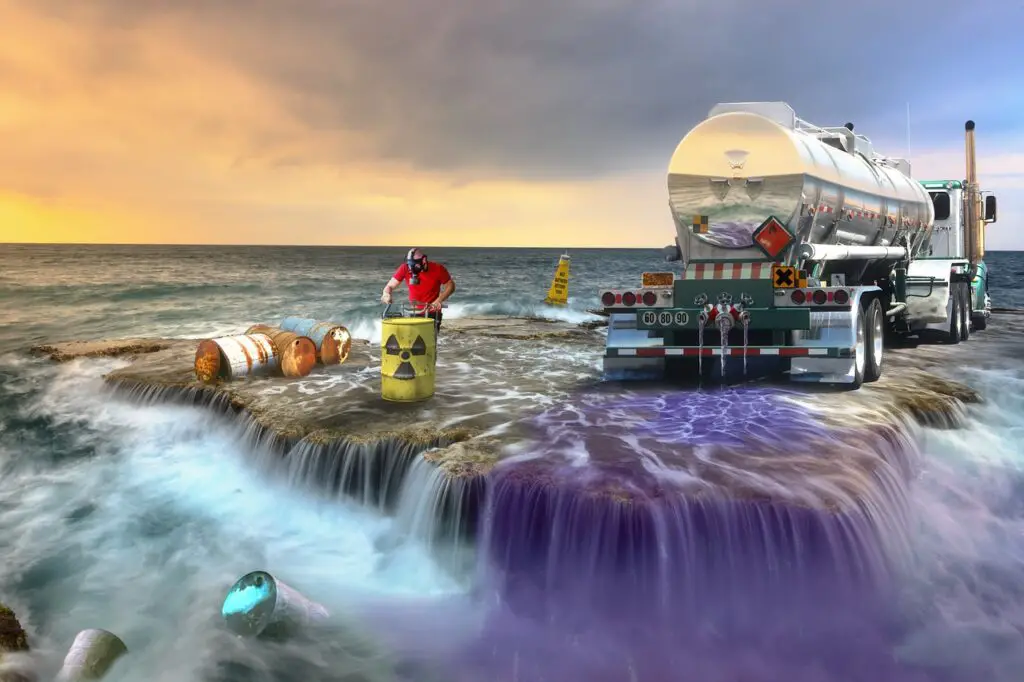The Spectacle of Today’s Eclipse: A Celestial Dance of Shadows
Monday, April 8, 2024, total solar eclipse will cross North America, passing over Mexico, the United States, and Canada. Spectators are turning their eyes skyward to witness an extraordinary celestial event—a solar eclipse that transforms the day into twilight and reminded us of the astronomical wonders that orbit beyond our earthly confines. This rare spectacle not only captivated the hearts and imaginations of countless individuals but also offers a unique opportunity for scientific study and communal celebration of the natural world.
A solar eclipse occurs when the moon positions itself directly between the Earth and the Sun, casting a shadow that temporarily obscures our view of the Sun. Depending on the alignment, the eclipse can be partial, where the moon covers only a portion of the Sun, or total, where the moon completely covers the Sun, enveloping certain areas of the Earth in darkness during what would normally be daylight hours.
Today’s eclipse is particularly special because it offered a wide swath of visibility across most of North America, allowing a significant portion of the population to partake in its viewing. In some areas, observers experienced a total eclipse, witnessing the breathtaking corona of the Sun as it flared in the darkened sky, a sight that for many remains a once-in-a-lifetime experience.
The event also served as a critical moment for the scientific community, which utilized the eclipse to conduct a variety of experiments and observations. Astronomers and physicists took advantage of the brief period of totality to study the Sun’s corona, the outer atmosphere which is usually obscured by the bright light of the Sun itself. Others focused on the effects of the eclipse on the environment, noting changes in temperature, wildlife behavior, and atmospheric conditions.
Beyond its scientific significance, the eclipse fostered a sense of unity and wonder among those who observed it. Communities held viewing parties, educational institutions organized special events, and social media buzzed with photos and experiences shared from around the world. This shared experience underscores the universal allure of celestial events and their ability to bring people together in awe and curiosity.
In capturing the essence of today’s eclipse, we’ve included a realistic photo that encapsulates the breathtaking beauty of this celestial phenomenon. The image showcases the moment of totality, where the moon perfectly aligns with the Sun, revealing the radiant corona in a stunning display of cosmic ballet. This visual representation serves as a poignant reminder of our place in the universe and the spectacular natural events that unfold beyond our world.
As the shadow of the eclipse passes and normal daylight resumes, the memory of this remarkable event continues to inspire and captivate. It’s a vivid demonstration of the dynamic and ever-changing nature of our universe, encouraging us to look up and appreciate the wonders that exist beyond our immediate sight. Today’s eclipse is not just a momentary shadow but a lasting impression on the hearts and minds of those who witnessed it, a symbol of the beauty and mystery that the cosmos holds.
Viewing a solar eclipse is a thrilling experience, but it’s vital to do so safely to protect your eyes from serious and permanent damage. The Sun’s rays can cause irreversible harm to the retina, leading to blindness, in a condition known as solar retinopathy. Here’s what you need for safe viewing (includes affiliated links):
- Solar Viewing Glasses: These special-purpose solar filters are designed to safely view the Sun directly. They must meet the international standard ISO 12312-2 for safe viewing. Regular sunglasses, even very dark ones, are not safe for looking at the Sun.
- Pinhole Projectors: This is a safe and inexpensive way to view the eclipse. By letting sunlight stream through a small hole in a card, the eclipse can be projected onto a flat surface or another piece of paper. This method allows you to see a projected image of the Sun without looking directly at it.
- Solar Filters for Telescopes/Binoculars: If you plan to use a telescope or binoculars, make sure to equip them with solar filters made specifically for viewing the Sun. These filters must be mounted on the front end (sun-facing side) of the device. Never use homemade filters or sunglasses of any type.
- Welder’s Glass: A No. 14 welder’s glass provides a safe way to view the Sun directly. Glasses with lower numbers do not offer enough protection.
- Eclipse Viewing Glasses: Similar to solar viewing glasses, these are made specifically for eclipse viewing. Ensure they meet the necessary safety standards.
- Viewing Through a Camera, Smartphone, or Telescope: If you plan to capture the eclipse through any digital device, make sure the device is equipped with a proper solar filter before looking through it. Viewing the bright Sun through an unfiltered camera, telescope, binoculars, or other optical devices can cause severe eye damage.
Remember, it is safe to view the total phase of a total solar eclipse with the naked eye only when the Sun’s bright face is completely covered by the Moon. As soon as the bright Sun begins to reappear, however, solar viewing or eclipse glasses must be put back on to look at the remaining partial phases.
Always prioritize your safety and health by using the proper equipment and techniques to enjoy the wonder of a solar eclipse without risk to your vision.

The image above captures the dramatic and breathtaking moment of today’s total solar eclipse. It vividly illustrates the moment of totality, where the moon and the Sun align perfectly, revealing the Sun’s radiant corona in a stunning cosmic ballet. The dark silhouette of the moon, surrounded by the glowing corona against a starry backdrop, encapsulates the awe-inspiring beauty of this rare celestial phenomenon. This visual representation serves as a poignant reminder of the grandeur of the universe and the spectacular natural events that unfold beyond our Earthly realm.




